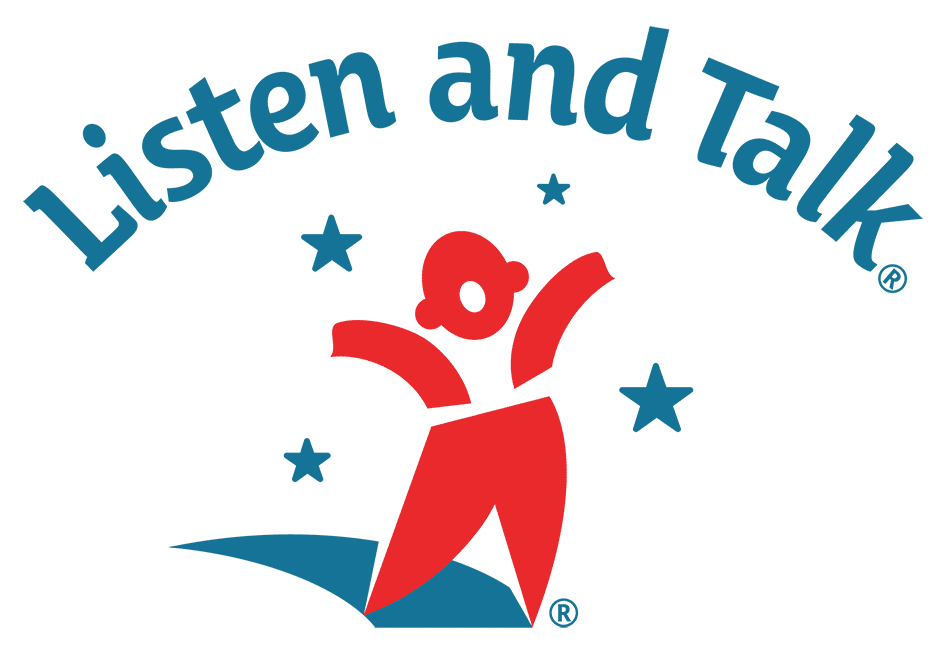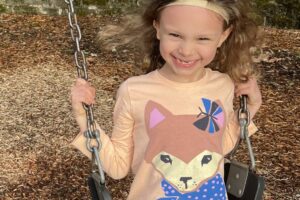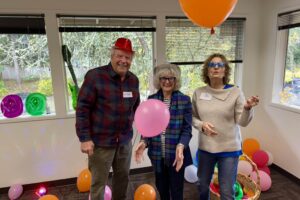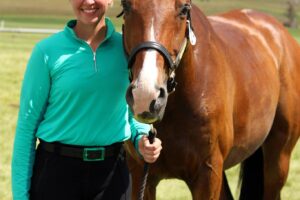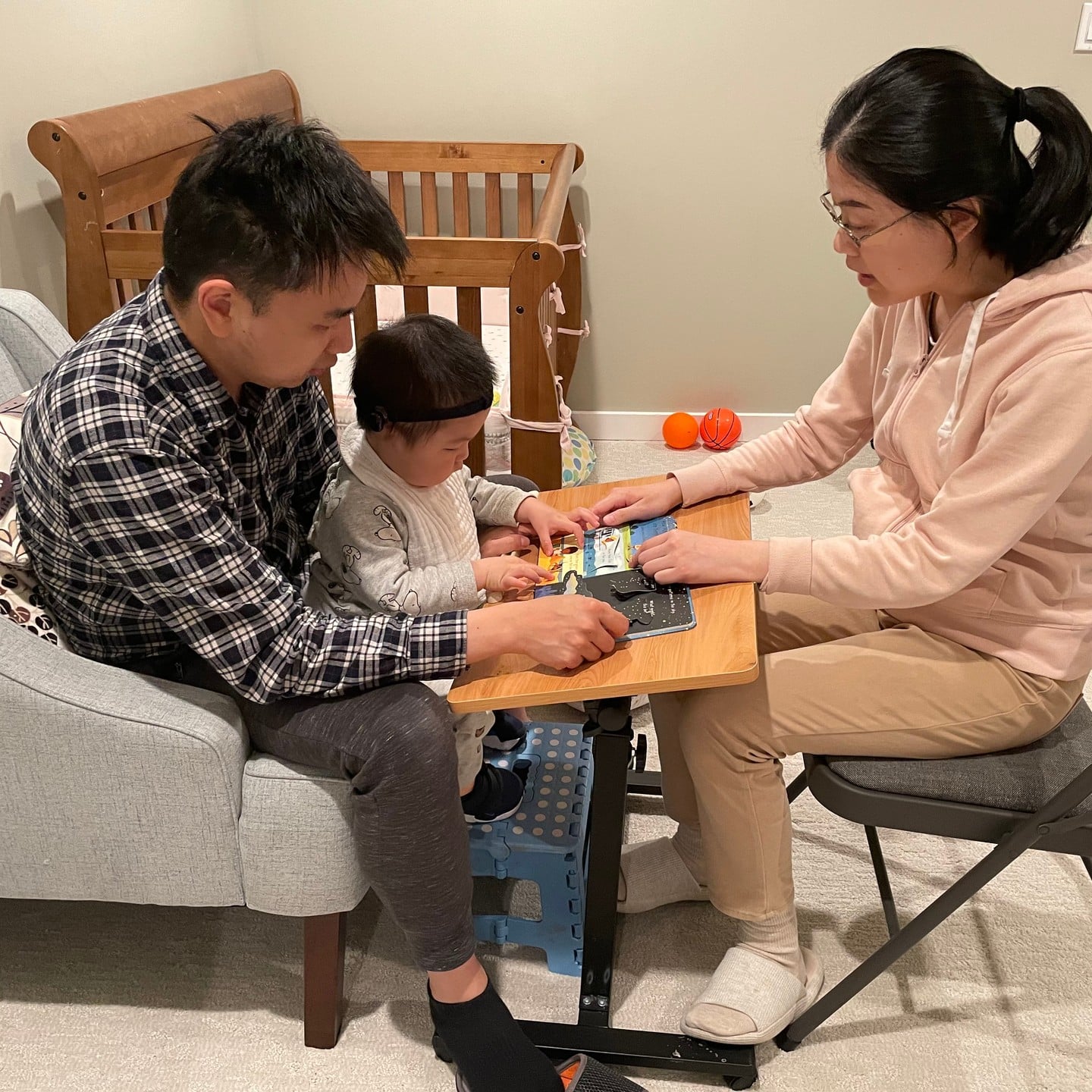
The LENA Developmental Snapshot – A Tool Worth Exploring
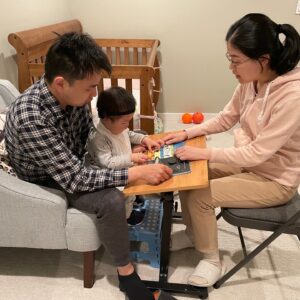
Listen and Talk’s research shows that the LENA developmental snapshot is a valid and highly useful tool for evaluating spoken language development in infants and toddlers who are DHH
Listen and Talk is proud to implement evidence based practices across all of our programs.Timely early intervention is crucial for infants who are deaf/hard of hearing (DHH) to achieve age-appropriate language skills. Best practices in family-centered early intervention for children who are DHH include monitoring communication skills at regular intervals using strengths-based, authentic measures that capture a family’s real-life skills and needs and facilitate ongoing family support (Moeller, et al. 2013).
Families are the Experts
Families are the experts on their child’s development and are critical to the assessment process (Szarkowski, et al., 2024). However, many standardized communication assessments do not support best practices. This is because they impose restrictions on the assessment setting, require administration and scoring by a trained professional. They also are limited in how often they can be re-administered.
How the LENA Developmental Snapshot Works
The LENA developmental snapshot is a relatively new tool that overcomes these limitations. It is designed as an electronic parent questionnaire, which expands its ecological validity and allows for flexibility in the administration setting, including during tele-intervention. It is scored automatically online, giving parents quick access to their child’s results. Lastly, it can be completed as frequently as once a month, which allows parents and providers to monitor the need for additional evaluations and interventions. While the LENA developmental snapshot has been validated on children with typical hearing and development, research to date has not evaluated its validity and usefulness for children who are DHH.
LENA Developmental Snapshot at Listen and Talk
Listen and Talk’s birth-to-three program has used the LENA snapshot with over 230 families since 2018. This large number of completed assessments allows us to evaluate how well the LENA developmental snapshot captures spoken language development in infants and toddlers who are DHH. For this analysis, only test scores from children with bilateral hearing loss whose primary language is English were included.
We limited the analysis to this subset since the LENA developmental snapshot has been most extensively validated for English. A total of 115 children met these inclusion criteria, who ranged in age from 6 – 35 months (M = 22 months, SD = 8.25) at the first LENA developmental snapshot administration.
We found that, on average, the LENA developmental snapshot standard scores fell in the low average range with a score of 87.98 (the typical range encompasses scores between 85 – 115). However, scores for individual children were highly variable and ranged from 64 – 128. These findings are well aligned with published research using other standardized language measures (Ching et al., 2013; Uhler et al., 2022; Yoshinaga-Itano et al., 2017) This provides a first indication of the usefulness of the LENA developmental snapshot for children who are DHH.
To further examine the validity of the LENA developmental snapshot, we compared its results to those obtained by more commonly used standardized assessments: the MacArthur-Bates Communicative Development Inventories (CDI), which was available for 48 children, and the Preschool Language Scale (PLS), which was available for 35 children.
Scores obtained with the LENA developmental snapshot were highly correlated with scores obtained with the CDI and the PLS. Taken together, these findings support using the LENA developmental snapshot with infants and toddlers who are DHH.
Benefits of the LENA Developmental Snapshot
One particular benefit of the LENA developmental snapshot is that it can be administered as frequently as once a month. Monitoring language development often is of high importance for children who are D/HH for a number of reasons.
First, the birth – to three years are a critical time period for language development, characterized by rapid change and growth. Frequent language monitoring helps providers ensure that language growth occurs at a rate that will allow children who are DHH to maintain age-appropriate language skills or close to gap to eventually achieve age-appropriate language skills. Lastly, frequent language development monitoring is critical to help identify children who may experience changes in hearing or have an additional disability.
The results of this analysis have been submitted for scientific publication in the Journal of Early Intervention.
By Mona Oster, Ph.D., CED, LSLS cert. AVT. Education and Research Director
References:
